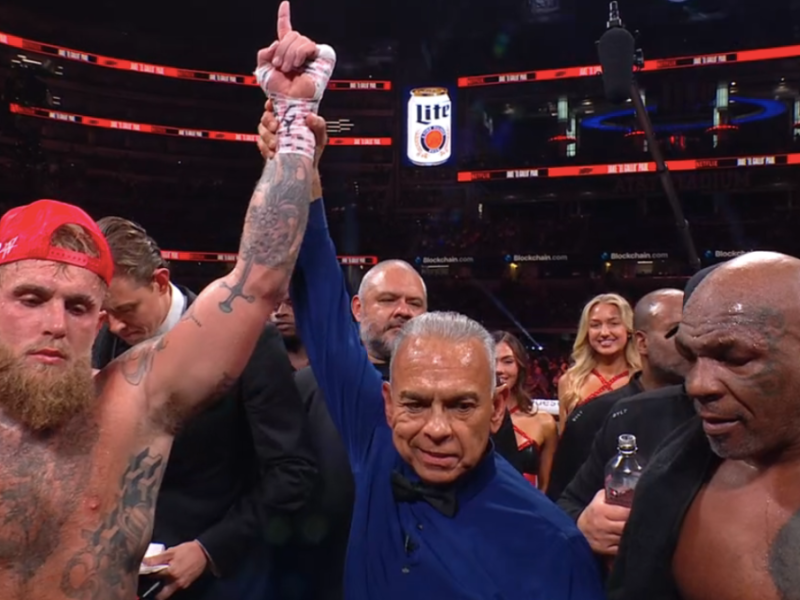The “Psychopath” and Circumstantial Evidence: Footprints in the Snow
Aaron Hernandez had it all before the age 25: a new baby; a beautiful, young fiancé; a multimillion-dollar mansion; and a new $40-million, seven-year contract with the New England Patriots. Life was good.
Though Hernandez had charm and a sunny, easy-going way, he also had an uncanny ability to manipulate — and a seeming lack of capacity for guilt or empathy. A darker side apparently laid beneath the sparkle and glitz.
When Hernandez stood before cameras — handsome, beaming and charismatic — at the time of the announcement of his new contract (vowing that his “young and reckless” days were over), he had already allegedly killed two men in a drive-by shooting in Boston. He had also allegedly shot a man’s eye out in yet another drive-by. And he allegedly killed his latest victim, Odin Lloyd, shortly after the signing of his big contract.
Some in the media are calling Hernandez a “psychopath.” He looks relaxed in court — he smiles; he charms — appearing neither empathetic nor responsible. In court, he mouths the words “I love you” to his former fiancé and family. He shares private jokes and good old-boy backslaps with his high-brow Boston lawyers. His eyes twinkle for the judge and jury.
David Hare, the undisputed, foremost expert on psychopathy, lists the following points as the traits of a psychopath on his checklist: superficial charm; manipulation; cunning; evidencing neither empathy nor guilt; lack of remorse; recklessness; thrill-seeking; pathological lying; grandiosity; and the complete inability to take responsibility for one’s actions.
Hernandez wears the “Mask of Sanity” well. Often psychopaths are criminals, committing murder and mayhem. However, psychopaths often go to work and do quite well (like Leonard DiCaprio’s diabolical Jordan Belfort in the film, “Wolf of Wall Street”). Hernandez’s ultimate fate is currently suspended somewhere in the middle.
How, then, can the prosecutor convince a jury that this charming, handsome, upbeat, and hugely successful man committed a murder? Hernandez is not showing any indication in court that he is guilty or worried about being found guilty, and according to his counsel in opening statements there is: (1) no motive to kill; (2) no forensic evidence; (3) no eyewitness testimony; and (4) no inculpatory statements.
Hernandez seems to have “had it all” — why would he give all that up?
Enter: circumstantial evidence.
Circumstantial evidence is the only antidote for an untouchable psychopathic defendant. Circumstantial evidence is often attacked as a weak legal strategy (“It’s just a ‘circumstantial’ case”). However, the law provides that circumstantial evidence is to be given the same weight as direct evidence in most circumstances.
I prefer circumstantial evidence because it isn’t easily impeached. The best analogy for juries is an oft-told prosecutor’s analogy called “footprints in the snow.”
It goes like this. You are getting ready for bed as it starts to snow. By the time you retire, there is more than inch of snow covering the yard and walkway. There is nothing on your porch. In the morning you find a newspaper on your porch and footprints in the snow leading to and away from it. (While you didn’t see someone deliver the paper, you know they did because there were footprints in the snow, which is circumstantial evidence.) Fingerprints, DNA, cell-phone pings — all are items of circumstantial, not direct evidence.
Direct evidence is that which a witness directly experiences — through the senses, most notably sight. A witness can be incompetent, wrong, dishonest, intimidated, eliminated, or influenced. And he can lie or be mistaken.
And what a circumstantial case the State vs. Aaron Hernandez is.
Here are some facts in the case: cell-phone pings all along the route; surveillance footage showing the victim in Hernandez’s rental car and not returning from the route/scene; a shell casing in the rental car that matches to type of Glock 45 that was used as the murder weapon; DNA of Hernandez on the casing; the victim’s and defendant’s prints in the car; DNA of Hernandez and Lloyd on a marijuana butt at the scene; Hernandez’s shoeprints at the scene (he has gotten rid of his shoes); tire tracks from the rental car from where the victim’s body was found; the fact that Hernandez dismantled his security system almost immediately after the alleged crime; the fact that he dismantled his phone (on video at the police station); the fact that his girlfriend/ fiancé got a cryptic text about the whereabouts of the gun (she is seen on video leaving in a borrowed car with a garbage sack, presumably the gun). Hernandez was caught on his own surveillance system walking around with a Glock 45 within his house (that Glock 45 is now missing). And there are many texts referencing the getting together between Odin Lloyd and Hernandez at approximately the time of the murder, 3:30 a.m.
All of this is playing out in an historic town (remember Lizzie Borden?). On Circumstantial Evidence and the Psychopath.







